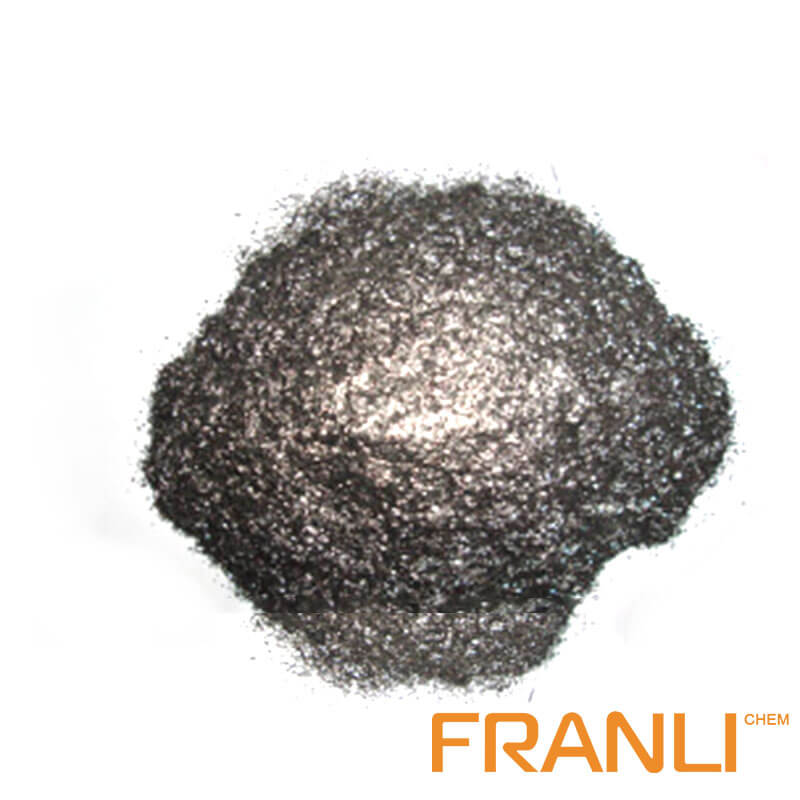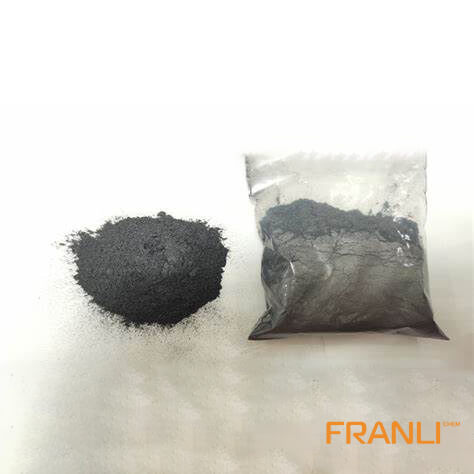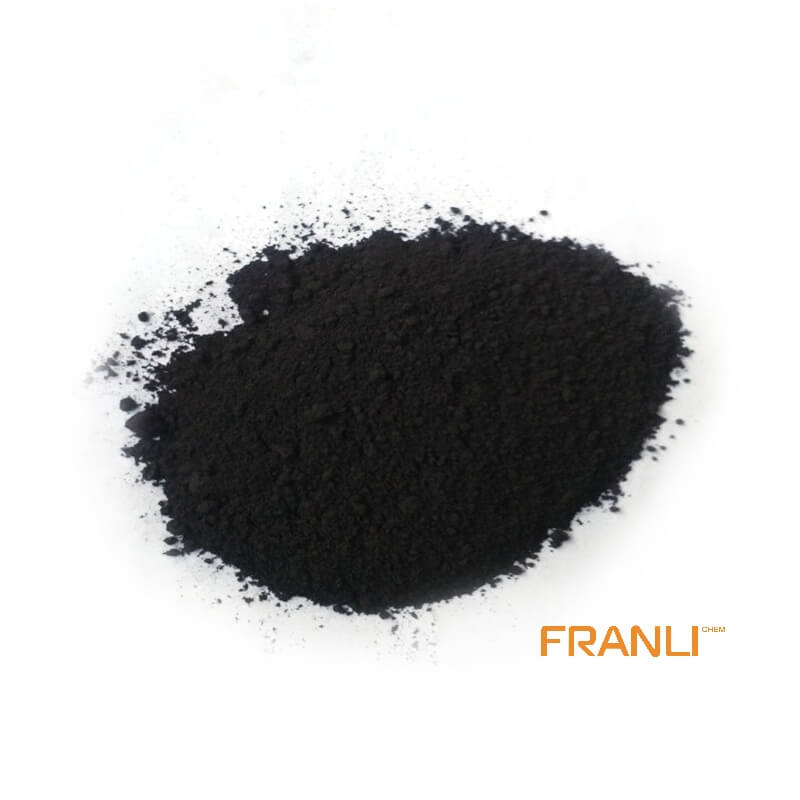


Flake Graphite
Size
0.01mm
Carbon Content
99%min
Package
25kg small bags into ton bags
Origin
China
Features
thermal shock resistance, lubricity, conductivity and plasticity…
Application
Lead battery plates positive and negative conductive agent, lithium batteries nickel hydrogen etc
Natural flake graphite has superior physical and chemical properties and is widely used in metallurgy, coatings and refractory industries. It is an important non-metallic raw material that is indispensable for today’s high-tech. Flake graphite is divided into large flake graphite and fine flake graphite according to the size of its scales. Usually, large flakes refer to +32 mesh, +50 mesh, +80 mesh, and +100 mesh flake graphite.
Request a quote
Flake graphite is an inorganic non-metallic material with excellent performance and a wide range of uses. It is one of the emerging national strategic minerals and plays a major leading role in the overall and long-term development of the national economy. In recent years, with the development of a series of emerging industries such as new energy vehicles and the electronics industry, the use, market supply and demand and product types of graphite have changed significantly. More and more funds have been gradually invested in the graphite industry. In recent years, a large number of new development projects have been launched, forming a new round of development momentum of the graphite industry. China is a traditional large country of graphite production. A large amount of capital intervention and new projects are bound to have a certain impact on China’s graphite industry. Therefore, through the research on the resource characteristics, production capacity, products, and production cost of foreign graphite mineral development projects, this paper put forward countermeasures and suggestions for the development of China’s graphite industry.

Since 2011, new energy vehicles have sprung up all over the world, and the new energy vehicle industry represented by electric vehicles such as Tesla and BYD has developed rapidly. With the rapid development of the electric vehicle industry, the demand for graphite material for power batteries has increased, and the price of flake graphite has risen steadily, which has also stimulated the enthusiasm for the exploration and development of natural graphite minerals all over the world, A large number of foreign graphite mine projects are being accelerated. Most of these projects have completed a feasibility study, are in the stage of financing, approval, or plant construction, and some are in the stage of feasibility study and survey. A few projects have been put into trial production. For example, the baglama graphite mine project in Mozambique has been put into trial production in 2018, and the output of flake graphite concentrate has reached 104000 t, The designed graphite concentrate capacity of the mine reaches 350000 T / A, and 245000 t graphite concentrate is planned to be produced in 2019. If these projects can be successfully put into operation before 2025, it will bring more than 1.5 million tons of flake graphite concentrate capacity to the global graphite market, which can fully meet the needs of global electric vehicle production, and will end China’s dominance as a major global graphite supplier for nearly 40 years.
According to these statistics, there are 24 foreign graphite projects, most of which are controlled by Australian and Canadian companies. The projects are mainly distributed in Africa, Mozambique, and other countries. Most new projects have large resource reserves, good quality, and low development costs. There are 5 projects with ore resources of more than 100 million tons, and 10 projects with ore graphite carbon grade of more than 9%.
According to the analysis of foreign new projects and changes in the world graphite market, 2018 is an important turning year in the world graphite market. In recent years, the Chinese government has implemented stricter environmental protection policies, closed down, and stopped the production of several graphite mines that do not meet environmental and safety standards. The output of graphite mineral products has decreased, and China’s labor costs are also rising, increasing the production cost of China’s Graphite concentrate.
As the world’s largest lithium-ion battery production base, China needs to consume more graphite resources. In 2017, China imported 55000 tons of flake graphite and 60300 tons of flake graphite in 2018. In 2019, China’s import volume increased significantly. In fact, with the closure of China’s Graphite mines and the commissioning of a large number of new graphite projects in Africa under strict environmental law enforcement inspection, China may become a net importer of graphite for the first time shortly.
Balama graphite mine is the world’s largest high-grade natural flake graphite mine with a design capacity of 350kt / A and a mine life of more than 50 years. Balama graphite mine will become the world’s largest natural flake graphite producer and have the greatest impact on the global graphite market. Balama graphite ore also contains vanadium ore resources. The grade of V2O5 reaches 0.23%. Vanadium can be recovered from graphite beneficiation tailings, which will further improve the company’s benefits in the future. SYR is currently building a battery positive material (BAM) production plant in Louisiana, the United States. The company’s goal is to quickly obtain the user quality certification of BAM materials and become a supply center of battery positive materials outside Asia. At the end of 2018, the company has started to provide quality certification for the production of spherical graphite products for many customers.

Battery Minerals is an Australian mining exploration and development company listed on the Australian exchange, headquartered in Perth, Western Australia. The company is committed to the development of the company’s two graphite projects Montepuez and balama in Mozambique. The two graphite mines have huge reserves, the raw ore grade is more than 10%, and the company has obvious resource advantages. After completing the financing of the Montepuez graphite project in Mozambique, the company plans to produce 50000 t of graphite concentrate with 96% TGC (total graphite carbon) every year, and increase the output to 100000 t / A in the next five years. The company completed the general research work of the Balaam central graphite project in 2018, and plans to start producing 58000 t graphite concentrate with 96% of total graphite carbon content every year in 2021, and expand the production to 110000 T / A in 2024,
Conclusion
(1) the number of new graphite ore projects abroad is large and the total capacity is large. In these statistics, the number of foreign graphite ore projects reaches 24, most of which are controlled by Australian and Canadian companies. The projects are mainly distributed in Africa, Mozambique, and other countries. These projects are all phosphorus flake graphite projects. Some projects are progressing rapidly, some have been put into operation in 2018, and most projects are planned to be put into operation from 2019 to 2023. After the project is fully put into operation, the production capacity of flake graphite concentrate can be increased by 1.723 million T / A, far exceeding the global natural graphite output of 930000 t in 2018, which will have a far-reaching impact on the graphite industry in China and the world.
(2) most projects have large resource reserves, good quality, and low development costs. Among the 24 projects counted, there are 5 projects with ore resources of more than 100 million tons, 10 projects with ore TGC grade of more than 9% (the average grade of graphite in the Heilongjiang region with the best graphite quality in China is about 9%), and 13 projects with graphite concentrate cost less than 500 US dollars. Among them, the reserves of balama graphite mine in Mozambique are as high as 18.57 million tons based on graphite minerals, the TGC grade of raw ore reaches 16.36%, and the design capacity reaches 350000 T / A. It has become the largest graphite mine production giant in the world, which is enough to affect the global graphite industry.
(3) most project products have clear objectives, pointing to high value-added products such as lithium battery materials.
Among the 24 projects, 17 projects set the product target as deep-processing products such as battery materials or expanded graphite or tested the performance of battery materials on concentrates. Most projects not only carried out beneficiation test research, but also carried out research on purification and spheroidization, and some even carried out the coating and battery performance research from the exploration and feasibility study stage. The balama graphite project and Montepuez graphite project in Mozambique have built battery material production plants and pilot plants in the United States. The Swedish Vit Tangi graphite project carried out an intermediate test for the production of graphene and flake graphite by electrochemical stripping in Germany. These graphite projects will not only provide the market with flake graphite products but also provide the market with a large new capacity of lithium-ion battery materials.



